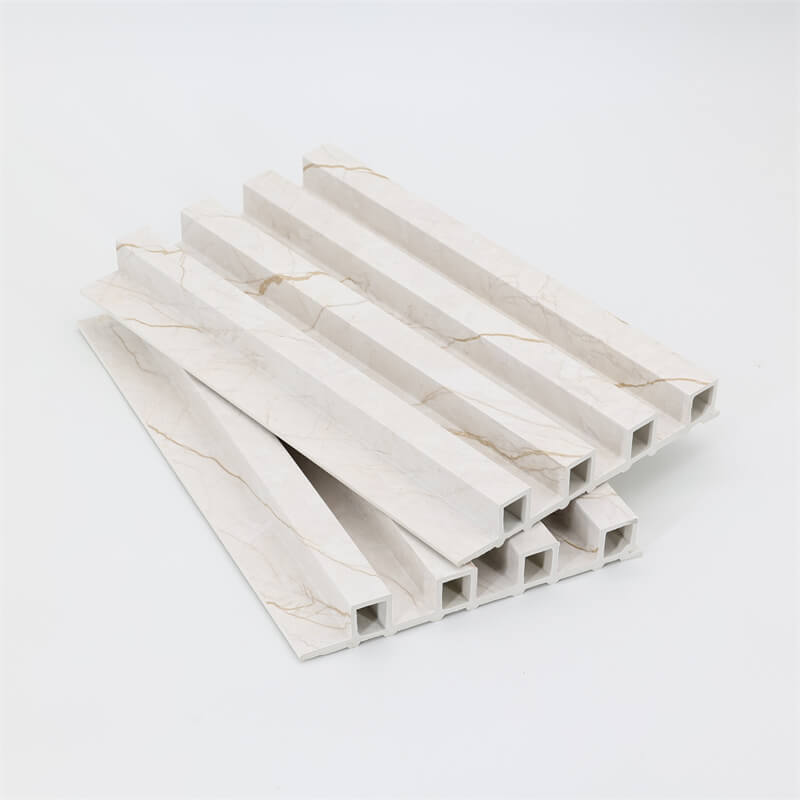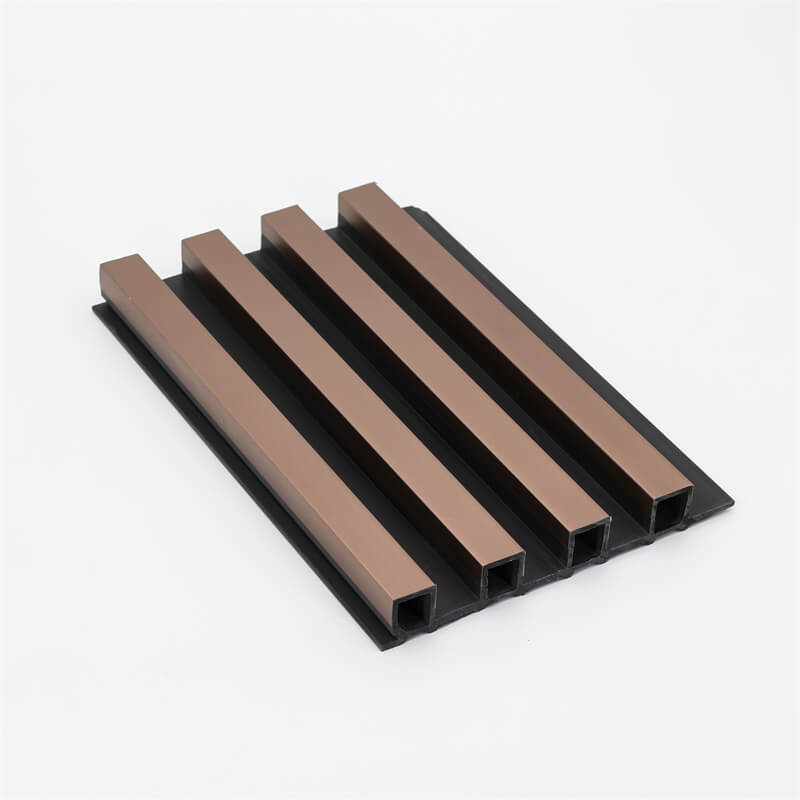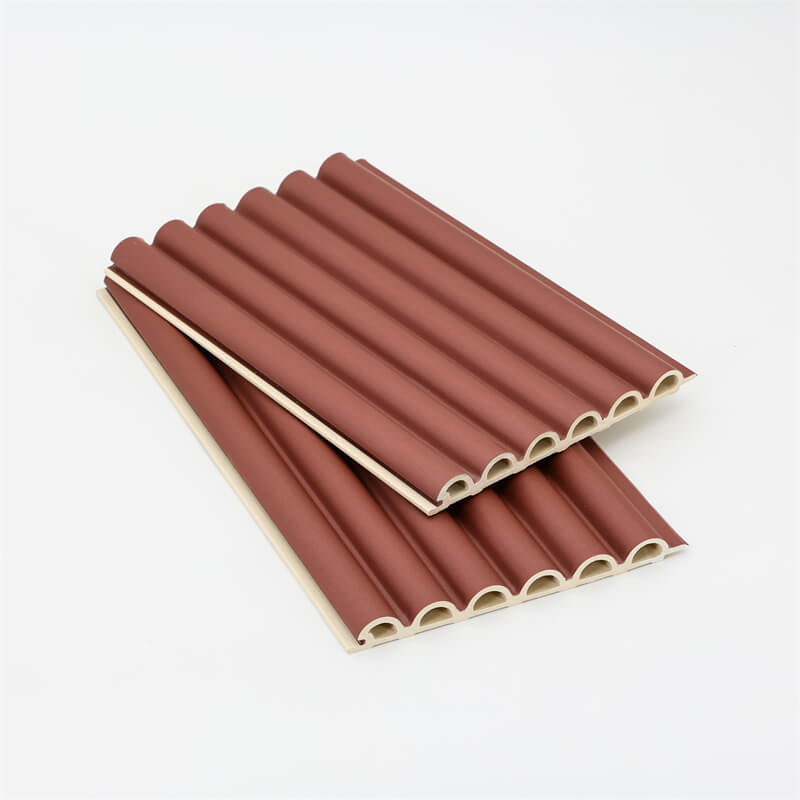
As the world becomes increasingly conscious of the importance of sustainability, industries across the board are seeking eco-friendly alternatives for various applications.
Interior design is no exception. One such sustainable choice gaining popularity in recent years is WPC (Wood-Plastic Composite) panels.
These panels offer a range of benefits that make them an excellent option for interior design projects.
This article will delve into the reasons why WPC panels are a sustainable choice, exploring their composition, durability, recyclability, and impact on the environment.
I. Understanding WPC Panels
WPC panels are a composite material made from a combination of wood fibers or flour and thermoplastics.
The wood component is typically sourced from recycled materials or sustainably managed forests, while the thermoplastics used are often derived from recycled plastic products.
This combination of wood and plastic creates a material that possesses the best qualities of both, resulting in a durable and versatile product.

II. Durability and Longevity
One of the primary reasons why WPC panels are an excellent sustainable choice for interior design is their exceptional durability and longevity.
Unlike traditional wood panels, WPC panels are resistant to moisture, rot, and insect damage.
This inherent resistance extends their lifespan significantly, reducing the need for frequent replacements.
Additionally, WPC panels are highly resistant to warping, cracking, and splintering, making them ideal for high-traffic areas such as commercial spaces or residential homes with children and pets.
By opting for WPC panels, interior designers can ensure that their projects not only have a reduced environmental impact but also provide long-lasting and low-maintenance solutions for their clients.
III. Recyclability and Waste Reduction
Another significant advantage of WPC panels is their recyclability and potential for waste reduction.
When the panels reach the end of their lifespan, they can be recycled and used in the production of new panels or other products.
The ability to recycle WPC panels helps minimize the amount of waste sent to landfills, contributing to a more sustainable waste management system.
Moreover, the use of recycled wood fibers and plastics in the production of WPC panels helps reduce the demand for virgin materials.
By utilizing post-consumer and post-industrial waste, these panels help conserve natural resources and reduce the carbon footprint associated with their production.
This makes them an eco-friendly alternative to traditional wood panels, which often require the harvesting of trees and contribute to deforestation.

IV. Environmental Impact
WPC panels offer several environmental benefits over conventional materials.
Firstly, the use of recycled materials in their production reduces the consumption of raw resources.
By repurposing plastic waste and wood by-products, WPC panels contribute to a circular economy, minimizing the extraction and use of new resources.
Furthermore, the manufacturing process of WPC panels requires lower energy consumption compared to the production of traditional wood panels.
The reduced energy requirements translate into lower greenhouse gas emissions and a smaller carbon footprint.
As a result, interior designers can choose WPC panels with confidence, knowing they are making a positive impact on the environment.
Additionally, the resistance of WPC panels to moisture and insects eliminates the need for chemical treatments that are commonly used on traditional wood panels.
These treatments often involve the use of harmful chemicals, which can have adverse effects on human health and the environment.
By opting for WPC panels, interior designers can create safer and healthier spaces for their clients, without compromising on aesthetics or functionality.
WPC panels provide an attractive and sustainable solution for interior design projects.
Their composition of wood fibers or flour and recycled thermoplastics makes them a durable and versatile choice.
The inherent resistance to moisture, rot, and insects ensures their longevity, reducing the need for frequent replacements.
Moreover, the recyclability of WPC panels minimizes waste and contributes to a more sustainable waste management system.
By opting for WPC panels, interior designers can help conserve natural resources, reduce carbon emissions, and mitigate the negative environmental impacts associated with traditional wood panels.
With their eco-friendly qualities and aesthetic appeal, WPC panels prove to be a wise choice for interior design projects seeking sustainability without compromising on quality or style.
As the world embraces the importance of sustainable practices, WPC panels are set to become an increasingly popular choice in the realm of interior design.
